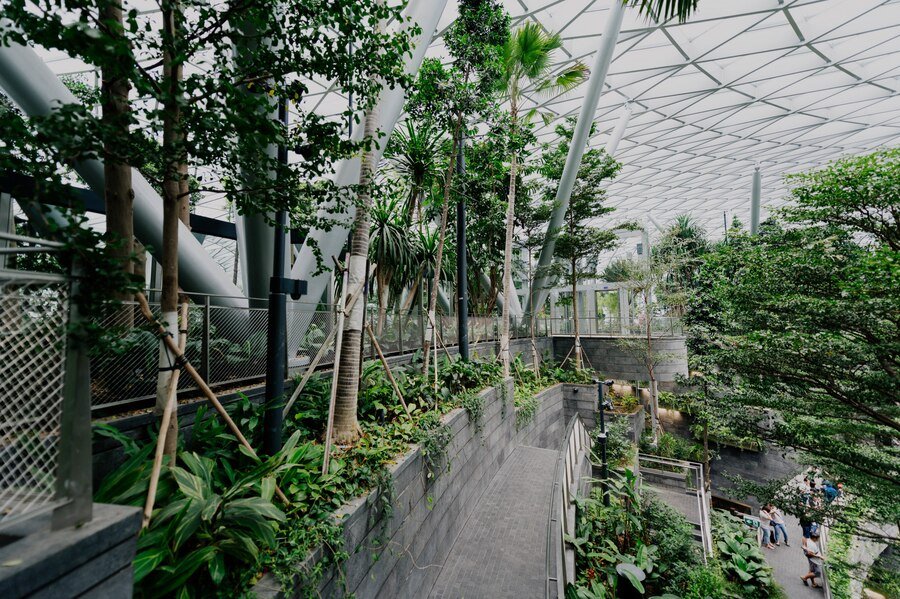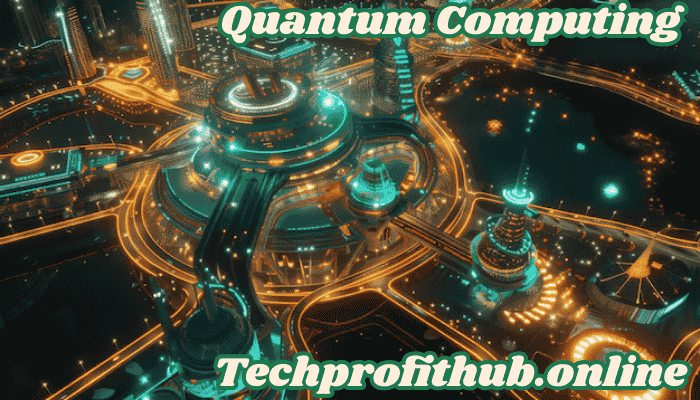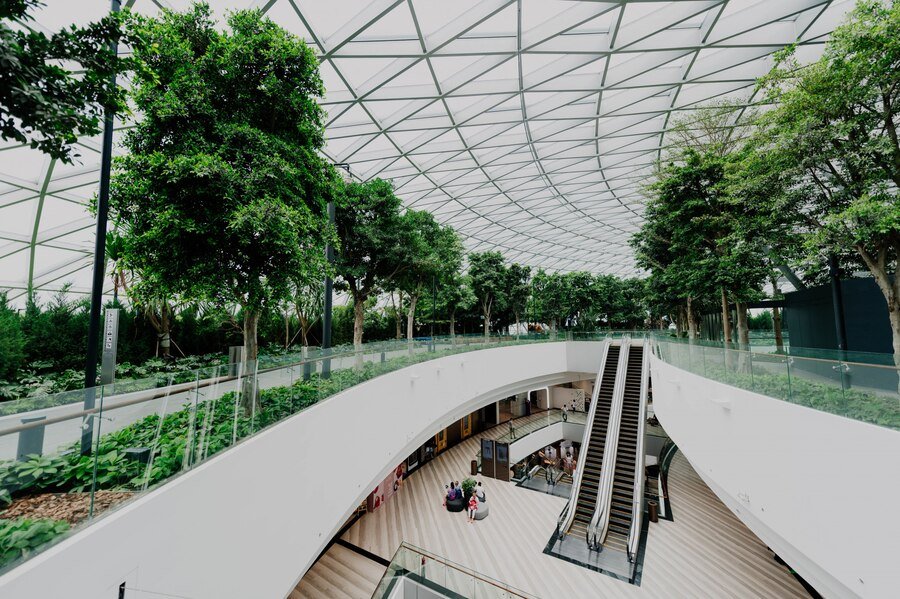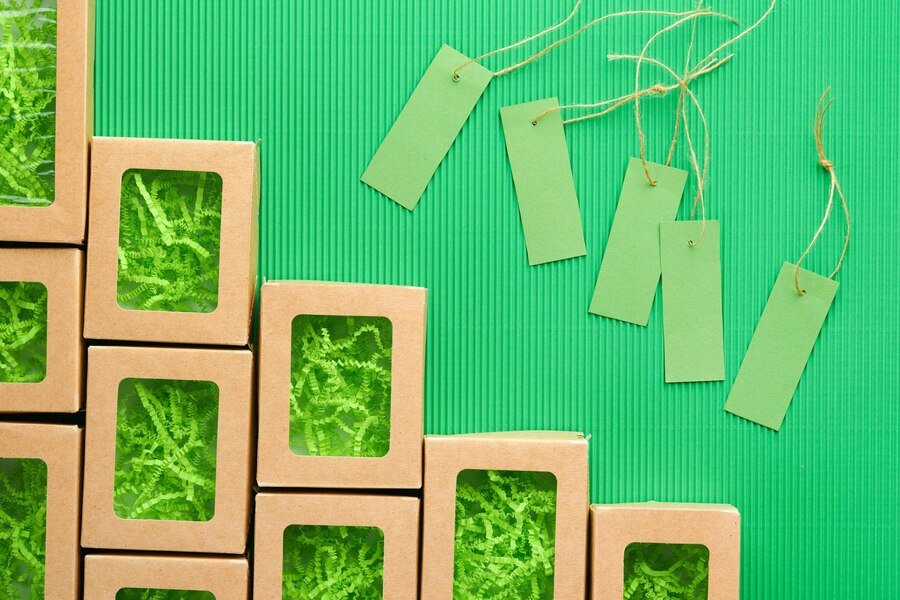Introduction
The development business has for some time been a significant supporter of ecological corruption. The extraction of natural substances, energy utilization during development, and waste created during sustainable materials destruction add to critical ecological damage. As the worldwide populace develops, the interest for new structures and foundation additionally increments, making it urgent to embrace economical choices that diminish the natural effect of development.
Feasible structure materials are at the front of this development, offering arrangements that limit waste and contamination as well as upgrade the general productivity and life span of structures. As we defy difficulties like environmental change, asset shortage, and contamination, reasonable structure materials have turned into a focal green construction concentration for modelers, specialists, and development experts. With advancements in green tech, the business is making progress towards making structures that are productive and strong as well as naturally dependable.
Sustainable Materials: Paving the Way for Eco-Friendly Innovation
Sustainable materials are ending up being logically critical as undertakings and buyers the equivalent see the prerequisite for earth trustworthy practices. These materials are obtained and delivered in manners that limit natural effect, monitor assets, and advance long haul biological wellbeing. Instances of practical materials incorporate bamboo, reused plastics, natural cotton, hemp, and biodegradable other options. Dissimilar to customary materials that frequently require escalated asset extraction or add to contamination,
feasible materials are intended to be sustainable, recyclable, or biodegradable, guaranteeing they leave an insignificant environmental impression. For example, bamboo is a quickly developing plant that requires little water and no pesticides, making it an optimal material for eco-accommodating items like deck, materials, and bundling. Furthermore, reused plastics decline the interest for new plastic creation, helping with diminishing how much waste that breezes up in landfills and oceans.
Green Construction: Building a Sustainable Future
Green construction, generally called legitimate or eco-obliging turn of events, revolves around arranging and building structures that are earth careful, energy-useful, and resource protecting all through their life cycle. This approach centers around the use of attainable materials, energy-useful systems, and innocuous to the environment advancement practices to diminish the general impact on the environment.
Green structures are frequently intended to limit energy utilization through elements like superior protection, regular lighting, and energy-productive central air frameworks, diminishing the requirement for petroleum derivatives and bringing down fossil fuel byproducts. Furthermore, the utilization of practical materials like reused steel, bamboo, and low-influence substantial limits waste and asset exhaustion. Green development likewise underscores water preservation by integrating water reaping frameworks, low-stream installations, and dry spell open minded arranging.
Eco-Friendly Building: Creating Sustainable Spaces for the Future
Eco-accommodating structures are arranged with viability at their middle, using earth mindful systems to decrease energy usage, limit waste, and proportion resources generally through their lifecycle. These structures focus on the utilization of manageable materials, like reused steel, bamboo, and recovered wood, which lessen the ecological effect of development. Energy productivity is a vital element of eco-accommodating structures, with plans that integrate protection, energy-effective windows, and sustainable power sources like sunlight based chargers or wind turbines.
Water preservation is likewise fundamental to eco-accommodating structure rehearses, with highlights, for example, water collecting frameworks, low-stream installations, and xeriscaping, which lessen water utilization. Additionally, these structures are intended to further develop indoor air quality using non-harmful paints, low-VOC materials, and appropriate ventilation frameworks. By embracing eco-accommodating structure methods,
Green Architecture: Designing for a Sustainable Future
Green architecture is a way to deal with building plan and development that focuses on maintainability, energy effectiveness, and negligible ecological effect. It consolidates eco-accommodating materials, sustainable power sources, and imaginative plan standards to make structures that are both useful and earth capable. Green engineering centers around lessening energy utilization through uninvolved plan techniques like regular lighting, proficient protection, and ventilation frameworks that decline dependence on counterfeit warming and cooling.
Also, green structures frequently utilize maintainable materials, like reused items, bamboo, and low-influence concrete, to diminish asset exhaustion and limit squander. Water protection is likewise a key thought, with plans that incorporate water reaping frameworks, water-effective machines, and dry spell lenient finishing. Green engineering not just advantages the climate by decreasing a structure’s carbon impression yet additionally upgrades the prosperity of its tenants by further developing air quality and establishing better indoor conditions. By embracing green design, urban areas can cultivate more practical, tough networks that address the difficulties of environmental change and asset shortage while making spaces that are agreeable, proficient, and future-prepared.

What Are Sustainable Building Materials
Practical structure materials are those that negligibly affect the climate during their creation, use, and removal. These materials are chosen in light of rules like asset productivity, recyclability, energy effectiveness, and non-harmfulness. The point is to lessen the utilization of non-inexhaustible assets, decline fossil fuel byproducts, and limit squander all through the lifecycle of the structure.
Practical materials likewise center around decreasing the ecological impression of development. By utilizing inexhaustible assets and guaranteeing that the materials can be reused or reused, feasible structure materials assist with supporting a round economy. The development business is progressively utilizing materials that have a lower carbon impression, require less energy to create, and add to better living spaces.
Key Innovations in Sustainable Building Materials
As the interest for green development keeps on rising, an assortment of manageable structure materials have acquired prominence. These materials support ecological objectives as well as upgrade the energy productivity and solidness of structures.
Recycled Materials
Reusing assumes a pivotal part in lessening the natural effect of development. Reused materials, like recovered wood, reused steel, and glass, are progressively being utilized in building projects. Reused concrete is one more well known choice, assisting with limiting the requirement for new unrefined substances while lessening waste. The reuse of materials from annihilated structures keeps these materials from winding up in landfills and diminishes the interest for mining new assets.
Reused materials likewise enjoy the benefit of being promptly accessible and financially savvy, making them an alluring choice for supportable structure projects. Moreover, integrating reused materials into development decreases the ecological impression of the task and advances a roundabout economy.

Natural and Renewable Materials
Regular and inexhaustible materials like bamboo, plug, and hemp are turning out to be progressively famous in economical development. Bamboo, for instance, is a quickly developing plant that requires little water and no pesticides, making it a phenomenal option in contrast to conventional wood. It is serious areas of strength for likewise solid, making it appropriate for use in deck, furniture, and primary parts.
Stopper is one more sustainable material that has acquired consideration in eco-accommodating development. It is gathered from the bark of plug oak trees without hurting the tree, making it an exceptionally economical material. Stopper is utilized in ground surface, protection, and wall covers because of its normal protecting properties.
Hemp is a flexible material utilized in everything from protection to substantial other options. Hempcrete, a bio-composite material produced using hemp, lime, and water, is a phenomenal decision for reasonable structure because of its warm protection properties and its capacity to store carbon.
Biodegradable Materials
Biodegradable materials are acquiring consideration as an answer for waste and contamination in development. Materials, for example, bioplastics, mycelium (growth based materials), and biodegradable composites are being investigated for their true capacity in lessening development squander. Mycelium, specifically, has shown guarantee as a structure material that is lightweight, sturdy, and completely biodegradable toward the finish of its lifecycle.
These biodegradable materials are significant on the grounds that they break down normally over the long run, diminishing the natural effect related with plastic and other non-biodegradable materials. By coordinating biodegradable choices, the development business can decrease the gathering of waste in landfills and advance a round, reasonable structure cycle.
Green Tech in Construction
Green innovation assumes an imperative part in the development of economical structure materials. It upgrades the effectiveness of structures and lessens their natural effect all through their lifecycle.
Energy-Efficient Building Design
Energy-productive plan standards are fundamental to green development. By zeroing in on diminishing energy utilization, structures can fundamentally bring down their ecological effect. Procedures like uninvolved sun powered warming, normal ventilation, and the utilization of superior execution protection lessen the dependence on counterfeit warming and cooling, making structures more energy-proficient.
Furthermore, the joining of sustainable power sources, like sunlight based chargers and wind turbines, into building plans guarantees that the design produces its own energy, lessening its dependence on petroleum derivatives.
Smart Construction Technologies
Savvy development advances are reforming the way in which structures are planned, built, and worked. Building Data Displaying (BIM) and savvy sensors are utilized to upgrade the plan and development process, further developing effectiveness, limiting waste, and diminishing energy utilization.
Savvy structures are outfitted with sensors and robotization frameworks that screen and control warming, lighting, and water use, guaranteeing that energy is utilized productively. These innovations assist with lessening the general carbon impression of the structure while furnishing inhabitants with a more agreeable and harmless to the ecosystem living or working space.
Conclusion
The ascent of economical structure materials and green innovation in development addresses a basic shift toward additional earth capable practices in the business. These advancements assist with addressing the pressing need to diminish squander, preserve assets, and relieve environmental change. By embracing supportable materials, energy-productive plans, and green advancements, the development business can assume a significant part in building a more reasonable future. As the interest for green development keeps on developing, we can anticipate stronger, productive, and eco-accommodating structures that add to a better planet.










